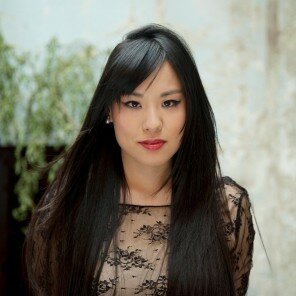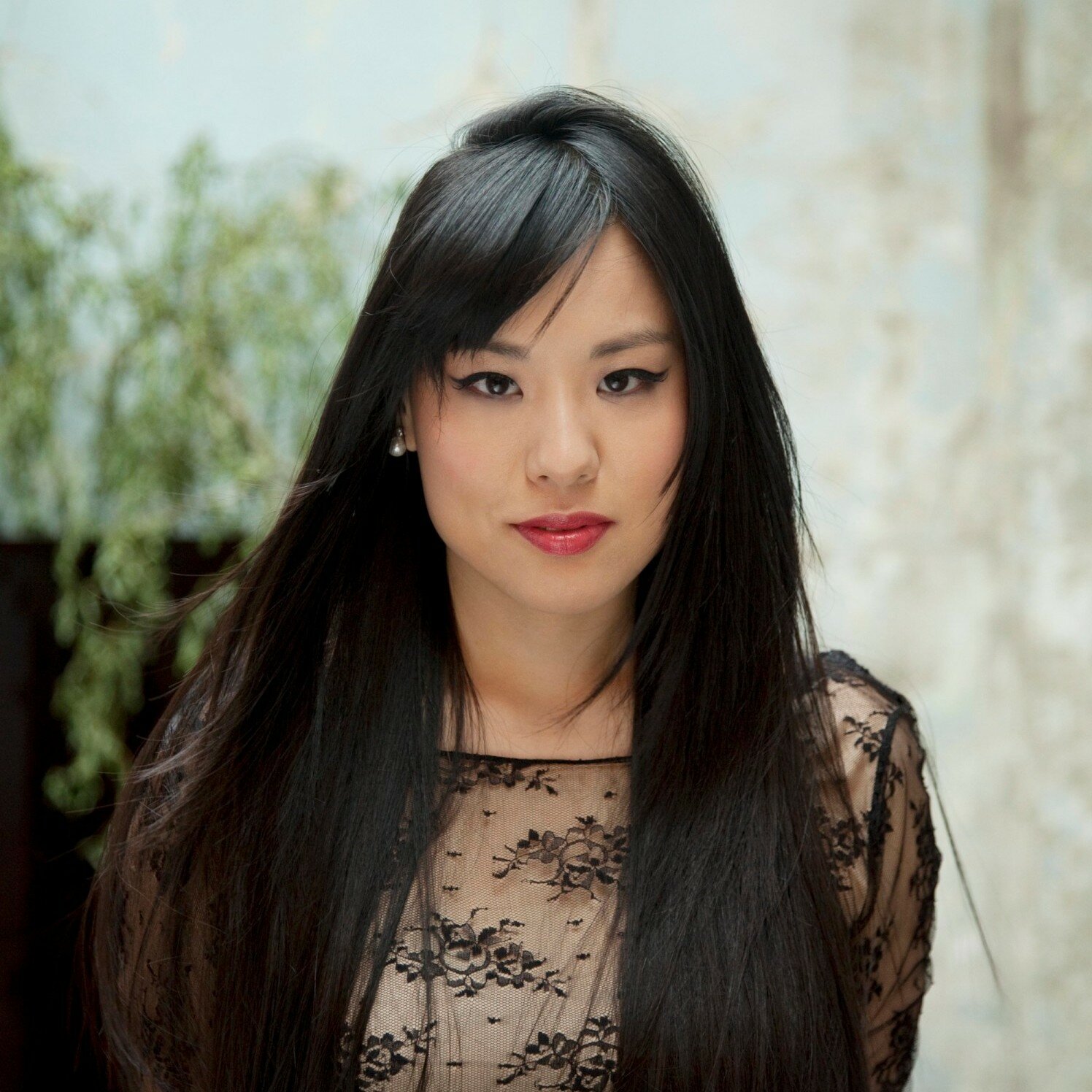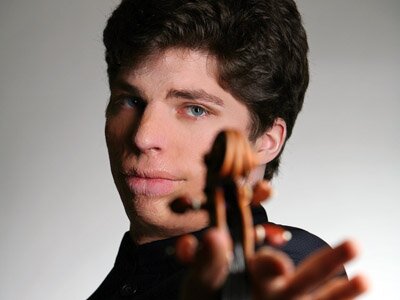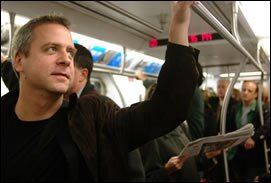
On the face of it, Thursday’s Seattle Symphony concert at Benaroya (repeated this Saturday) had a wonderful program with a gifted young soloist and well-known conductor. It should have added up to a superb evening of music-making.
Alas, the young pianist, 25-year-old HJ Lim (her preferred spelling) chose to take Mendelssohn’s musical ideas for his Piano Concerto No. 1 and, instead of allowing the sensibilities of his era to shine through, imposed hers on top. This was not Mendelssohn as he would have recognized it.
Starting with an aggressively forceful start and very fast, Lim’s playing insistently reminded the listener that the piano is a percussion instrument. This impression came back many times during the performance, but in between she created a beautiful tone with a sensitive touch, particularly during the second movement.
It was a flashy performance of tension and dramatic emotion, more suited to 1931 than 1831 (the date of the concerto), including deeply exaggerated stretching of tempos during solo sections. Lim has undeniably excellent technical ability, but Mendelssohn’s work comes in the early years of the Romantic era and her interpretation was out of that particular ball park. Guest conductor Jun Märkl ably kept the orchestra together with Lim even in her most idiosyncratic moments. The audience loved it and she performed as encore her own arrangement of the Korean song Arirang.
The concert began with Stravinsky’s charming Suite from Pulcinella, in which he took music of Pergolesi and transmuted it to something purely Stravinsky, but with all the elegant Baroque melodies shining through. Märkl and a reduced orchestra (half the musicians are playing for Seattle Opera’s Cenerentola which starts tomorrow), gave it sparkle, vigor, and clear articulation. At one moment it was lilting and unhurried; at another brash, almost rude; at another fast and lively. Solos dot this lightly orchestrated work, ably played by all, but notably from concertmaster Alexander Velinzon, principal cellist Efe Baltacigil, and principal oboe Ben Hausmann
The work admirably suited Märkl’s style of conducting. He moves like a fencer, graceful and balanced; and quick, precise and decisive in his indications to the musicians, very much in charge of every detail.
He used the same style in Mozart’s Symphony No. 39 in E-Flat Major, which he conducted without the score. He gave it plenty of vitality, with a portentous beginning and then good contrasts with more lyrical parts, though sometimes his approach seemed a little heavy, and in the second movement he asked for some oddly overlong hesitations which changed the flow of the music. He brought elegance to the third movement and an exciting finish to the fourth.


